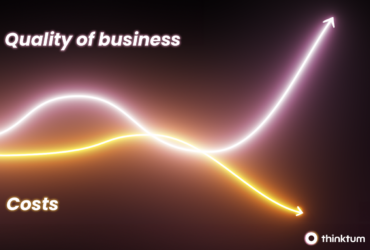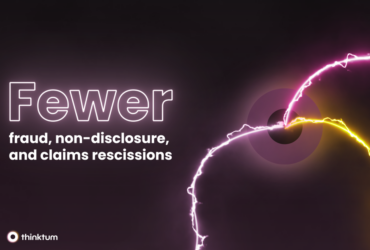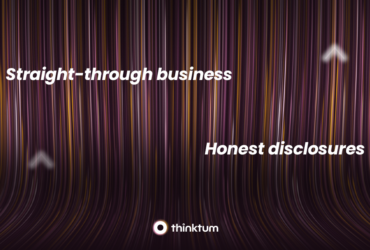Augmentation and liz assess – a Powerful Marriage of Form and Function

An insurance underwriter’s job is to make decisions. Should person X get coverage even though they have hypertension? What about person Y, the intrepid skydiver? In days long past, the underwriter would have to gather the insurance application, health documentation, financial information, and who knows what else in order to make an educated decision on whether a person was a good bet to take on as insured. They would design risk assessments to qualify applicants and it took a long time. And frankly, it was pretty boring work, wading through dense medical evaluations to ostensibly guess whether the company would make money or lose money on each applicant.
Those were dark days, friends.
Now let’s look at the current landscape. Insurance firms offer an online, no-risk application process and underwriters are still involved, but in between is a technological solution called artificial intelligence that revolutionizes the whole shebang. Here’s how:
As someone completes the application, the technology assesses the risk of insuring them based on the information provided. Data analysis can happen in the blink of an eye because the technology reads the responses as they are made and provides a determination for the applicant within seconds, not hours or days.
When we started liz assess’ parent modular suite – we knew that developing a fully intuitive system that could take on the assessment responsibilities but also make the process more secure, resistant to fraud, and remove the (albeit, educated) guesswork from underwriters, was vital.
thinktum’s liz assess module is our go-to hyper-personalized underwriting rules engine. Named for Elizebeth Friedman, an American cryptanalyst who spent her career during both World Wars solving, breaking, and out-thinking enemy codes. She was the one they called in when everyone else was stumped. She became known as a “secret weapon for hire”[i] and helped allies win both wars. Her work was later declassified and written about in a book. Our liz was named after her: “The Woman Who Smashed Codes”.
liz assess is a Pure no-code solution – that means information technology staff aren’t required to be involved with installation or maintenance. In fact, users don’t need any programming knowledge or experience whatsoever to operate the module (nope, not even a little bit). Many solutions are purported to be low or even no-code, but in reality, they are simply “less code”. When we say Pure no-code, we really mean it.
Our interface or canvas is so intuitive that getting started barely takes any time. Underwriters then have a transparent “glass box” to see into and work within. Every part of the application process is visible, faster, more secure, and highly accurate. liz assess supports any kind of underwriting model combinations: accelerated, simplified, reflexive, dynamic, traditional, hybrid, and more. Our highly intelligent decision and recommendation engine delivers simple (accept, decline, or refer-to-underwriter) to complex (actual mortality rating calculations, decisions comorbidity factors, and third-party data sources) decisions.
The data flows produced by liz assess are automated, intuitive, and personalized. In fact, our solution focuses on hyper-personalization as an industry differentiator. These flows optimize the customer’s journey and the advisor’s experience. As well as providing and leveraging behavioral analysis, liz assess maximizes honest disclosures while avoiding human errors and minimizing anti-selection and misrepresentation (also known as fibbing). The tool can deploy and operate multiple underwriting flows simultaneously, and both no-code workbench and pre-assessment modules are also available. We designed liz assess to support advisors, direct-to-consumer (DTC), and hybrid distribution models.
Pure no-code empowers
A user-friendly ecosystem doesn’t only make business more efficient, it makes people even more valuable to the organization as they can now focus on tasks that are better suited for the human brain.
How thinktum’s Pure no-code technology empowers underwriters:
- Fast and easy integration and deployment
- Frequent and instant adjustments and updates
- Greater risk control and management
- Glass-box (transparent) underwriting decision flow
- Real-time application reviews for completions and tries
- Executive underwriting summary with links to critical data points
liz assess is just one part of our liz suite modules that make up the software suite to automate and revolutionize the insurance industry. Our tools were built with augmentation in mind. At thinktum, we define augmentation as the partnership developed between artificial intelligence and humans. Many refer to it as human-assisted AI, but we would argue it’s more human-steered AI. Human minds are complex and capable of incredible ideas and functions, but humans require rest and brains can be negatively affected by mood, fatigue, and negative external stimuli. We believe that augmentation is a collaboration or an alliance and without humans, AI is simply another tool, like a bicycle. It’s useful but still needs a human to ride it for it to work. Learn more about this partnership in Augmentation, the alliance of an era.
Now imagine the freedom that underwriters will encounter when using liz assess. They can spend their time ensuring liz is working to the best of its ability, and have the time and energy to complete tasks that require a human touch, like designing new insurance products, or focusing on the applicants and files that just need more care and attention. Clients are happier because they either get a verdict on their application quickly, or get the personalized attention they need to complete the process. Either way, your customers’ happiness quotient raises, along with your underwriters’ job satisfaction. That looks like a win-win-win situation to us.
We believe the Underwriter of the Future will do very little actual underwriting. With tools such as liz assess, it just isn’t necessary. And isn’t that the goal of technology? To look after the tasks we find difficult, routine, and mundane, so we can explore new ideas and make life and business easier for those around us?
Find out more on our LinkedIn page, or contact us for a demo today!
===
[i] Chris Baraniuk, The female code-breakers who were left out of history books, BBC Future (2017)





